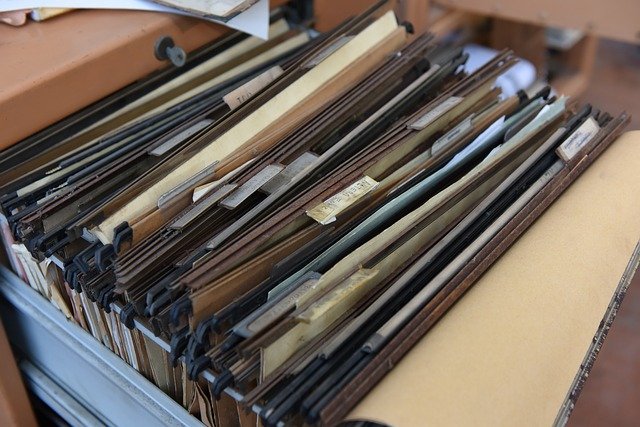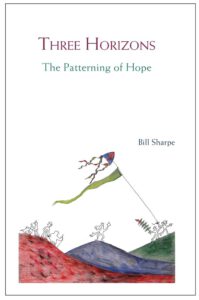You may have noticed that, in my last post about human interference in the nitrogen cycle, I presented interference in a factual manner – or at least I tried. I chose to do so, because in general, we do not interfere out of malice. Often we interfere with the intention to solve a problem or to make life easier, i.e. to do some good. We might not even be aware of the fact that we interfere.
Moreover, change does not happen overnight – it has taken us decades to get us where we are. The growth we have seen – in livestock production, fertilizer use, and the use of fossil fuels – has been a surprise to many. The few that have foreseen it were often ignored by policy makers and unknown to the general public.
Instead of continuing this post in such general terms, let the cases speak for themselves. They have a loud voice, nowadays, as witnessed by the overshoot of the planetary boundaries. This takes me to the topic of case studies.
You may have wondered why I did not include some current examples in the nitrogen cycle lesson. And if you did not wonder it then, you may have wondered why I left [su_tooltip style=”light” position=”north” size=”1″ title=”Dead Zone” content=”Dead zone is a more common term for hypoxia: a reduced level of oxygen in the water. It is called a ‘dead zone’ because most marine life either dies or leaves the area, because of this condition. Habitats that would normally be abounding with life become biological deserts. “]dead zones[/su_tooltip], acid rain, air pollution and climate change out when I discussed human interference in my previous post. Let me tackle both.
I did not include any examples in the nitrogen cycle lesson because I would like to offer several real life examples, some of which are, hopefully, outdated in the future. I hope, for example, we will not be discussing dead zones anymore in a decade. But maybe we will discuss another problem caused by human interference.
I read on the NASA site, for example, that “when NASA’s Perseverance rover travels to Mars to search for signs of life, it’s important that the spacecraft doesn’t bring along any Earth bacteria. That’s why NASA-JPL scientist Moogega Stricker is ensuring that the Mars rover is free and clear of microbial stowaways.” I thought NASA did this to prevent a repeat from the discovery of the Americas by Columbus in 1492, when, in the years following this discovery, many native americans died from imported bacteria and viruses.
But I was wrong about that. The actual reason is “So if we ever do find life on Mars, we’ll be sure that it didn’t originate on Earth.” Which is a very good reason from a scientific standpoint. There was no mention of ensuring nothing travels back to earth. It made me think of invasive species. Maybe someday in the future we will face extraterrestrial threats.
Anyhow. I may have been carried away a bit with that example, but I hope I have got my point across. People tend to interfere in our environment, locally, globally, and even intergalactically.
The reason I left current examples out when I discussed human interference is because it depends. I am myself from the Netherlands. When I was researching [su_tooltip style=”light” position=”north” size=”1″ title=”Dead Zone” content=”Dead zone is a more common term for hypoxia: a reduced level of oxygen in the water. It is called a ‘dead zone’ because most marine life either dies or leaves the area, because of this condition. Habitats that would normally be abounding with life become biological deserts. “]dead zones[/su_tooltip] – more about those later – I noticed on a map that there is also a dead zone in the Netherlands – the Waddenzee, to be precise. The case is, that there is an activist Waddenzee society, so, certainly, if there is a dead zone in the Waddenzee I would find more about it on their website? But the Waddenzee society has other things on their mind, like salt extraction, and when I contacted them I learned that excess nutrients are only a minor problem. In fact, the dead zone in the Waddenzee is mostly a seasonal, natural, process.
I am telling you this story because it shows that it depends. An overshoot of the ecological ceiling, or a downfall through the social foundation for that matter, can exhibit itself differently where I live, which is Belgium at the moment, from where you live. And the cases will change over time.
Therefore, I believe a 21st century economics education is served with case studies that underpin the theory. Whereas the theory should just be that – theory. With plenty of room for you to enrich it.
Through this site we will serve you with examples, hoping to inspire you to develop some of your own. And when you do, we would greatly appreciate it if you could share them with us and our readers.
To kick this off, I have added a case study to the lessons page. This one is about dead zones, but I could also imagine a case study about Haitian poo. Maybe I will leave that for another time.
henny@21steconomics.org – You can also find me on LinkedIn
Image by Angelo Giordano on Pixabay




